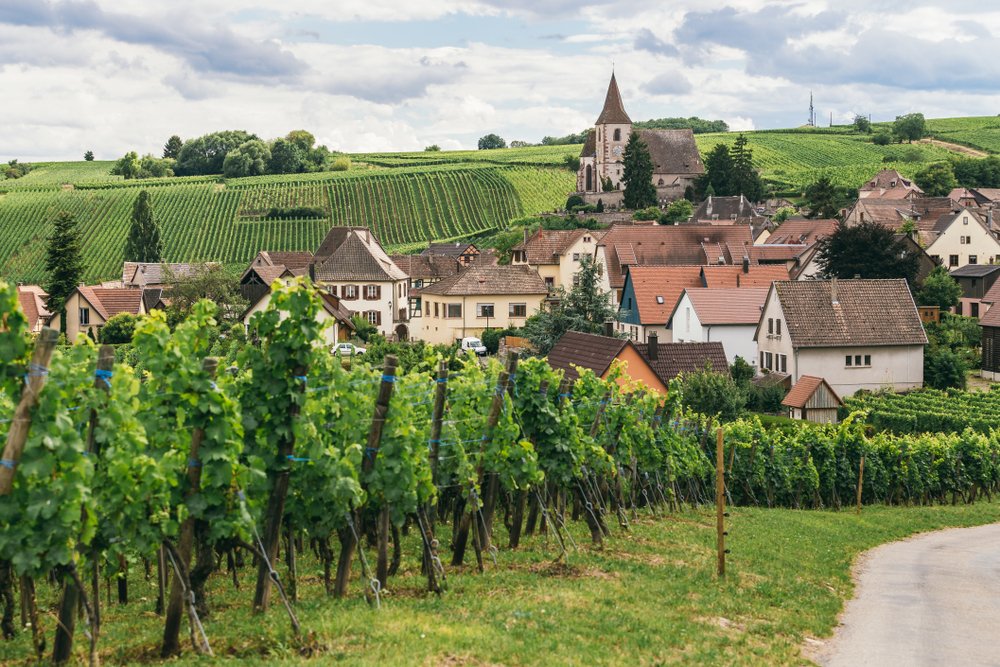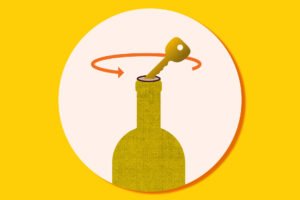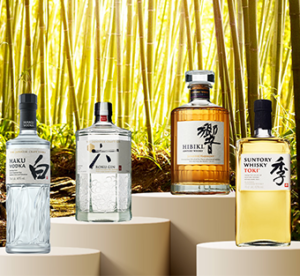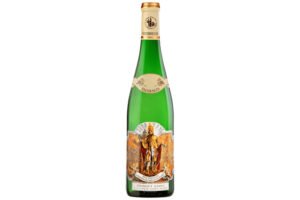Your 2020 Burgundy Vintage Report

[ad_1]

According to the 2020 Burgundy vintage report, vineyards like this one weathered a chaotic year surprisingly well, with promising results.
In a year that became infamous for historical curveballs, it is perhaps only fitting that the 2020 Burgundy harvest surprised us, too. Between pandemic-related predicaments and an exceptionally early harvest, this year’s vintage could easily have been a disaster. However, while the quality of this vintage will be somewhat variable, the grapes remained remarkably healthy, and the wines should impress even the most skeptical connoisseurs.
2020: A Precocious Burgundy Vintage
The beginning of the 2020 Burgundy harvest marked the earliest start to picking in the last 25 years, with the first grapes reportedly harvested on August 12—almost a month earlier than the previous year’s harvest.
To understand why, we have to look back a little further, to the end of 2019. Autumn was mild, winter milder still, with only a week’s worth of days dropping below 0°C—one of many examples in recent years of climate change affecting the region.
In 2020, warmer-than-average trends continued, despite a few frost spells (particularly in Chablis) during the spring. Not a speck of hail threatened the Burgundy crops this year; instead, a winemaker’s primary concern was the heat. The summer was hot and dry, with the worst drought of the year occurring just before the first harvest.
The high temperatures and lack of precipitation reduced the yield of many crops by at least 15 percent, with some vineyards losing nearly half to dried fruits, uneven maturation, and sun damage. But the dry heat did have one significant benefit: not one vineyard in Burgundy had to contend with any major disease outbreaks on the vines. The grapes that survived the summer turned out to be overwhelmingly healthy come harvest time—both for red and white varieties.
As Brian Sieve of De Montille told Honest Grapes, “2020 has a food profile, a concentration, an acidity profile. It’s like 2014—acid through the roof, pH as low as it goes; the texture has a quality to it. The potential of the 2020 vintage is excellent.”
These results are especially rewarding considering they were won despite not just climate change but COVID-19 as well. New safety measures forced winemakers to get creative in tending and harvesting crops. Vintners implemented social distancing, masks, and additional precautions as they scrambled to keep up with an accelerated harvest season—and yet, despite the chaos, Burgundy continues to thrive.
The Quality of the 2020 Burgundy Harvest
The 2020 Burgundy vintage report is, on the whole, optimistic; however, the quality of this vintage will vary from vineyard to vineyard, even within the same subregion, due to the sporadic distribution of annual rainfall.
Côte de Beaune, for example, saw a hot vintage with tremendous vegetative growth. Chablis winemakers attributed their successful harvest to slightly cooler temperatures and pre-harvest rain in early August. Fragile Pinot Noir crops, meanwhile, suffered much more in the heat and drought than Chardonnay grapes did.
Here are a few tips for choosing the right Burgundy wines from 2020 to add to your collection:
The alcohol content is expected to be high, which will increase longevity. If you’re willing to wait for your wines to mature, classic red wines from producers such as Domaine de la Romanée-Conti or Domaine du Clos de Tart, or white wines from Domaine Leflaive or Domaine Leroy, may serve you best. If you prefer lower alcohol levels and wines that may be more drinkable young, try a Chablis wine from a producer like Domaine William Fèvre or Domaine René et Vincent Dauvissat instead.
Certain crus, such as Clos de Bèze and Le Chambertin, were able to wait until as late as September to harvest. Their wines are expected to reside on the juicier and more aromatic end of the 2020 vintage spectrum, thanks to the extra precipitation prior to harvest.
Similar to the 2007 and 2011 harvests, many red grapes ripened and were picked ahead of the whites. Some point to differences in how the varieties cope with drought. Pinot Noir, for instance, continues to evolve even in dry heat, while Chardonnay tends to slow down and take longer to ripen.
How Will 2020 Burgundy Wines Taste?
Though the early harvest had some collectors (and some winemakers, for that matter) reliving the disappointments of years long past—such as the 2003 vintage—the most important lesson learned from the 2020 Burgundy vintage report is that an early harvest does not necessarily mean a hot vintage.
Yield is lower this year, but many of the grapes that were harvested grew in small, healthy bunches, promising lower pH levels and high acidity, which should give the wines a unique aromatic freshness. The whites are expected to be refreshing and substantive; the reds will likely be supple but powerful.
The 2020 Burgundy Vintage Report: Takeaways for Investors
So what does all of this mean for investors? If you are looking to add more Burgundy to your portfolio, the 2020 vintage report can seem a little daunting to untangle. On the one hand, quality is surprisingly high. On the other hand, so much variability in the quality of specific wines may give you pause.
The overall outlook, however, is positive. Most vintners are pleased with both their red and white grape harvests. If you purchase from an established producer with a long history of excellent vintages, you’re unlikely to regret your choice. The extended aging potential of these wines also promises extra time to mature and appreciate. Great wines from vineyards that saw lower yields will perform even better in the long run—though if rarity is not of interest to you, the 2018 vintage may be a safer choice.
Whatever wines you choose to add to your portfolio, be sure to take care of your investment to ensure optimal ROI. Consider buying winery-direct wines directly from producers to minimize the distance they’ll need to travel (and the potential for mishaps). Finally, be sure to have your wine professionally stored to preserve its provenance until the day comes when it’s time to sell—or open a bottle for your own enjoyment.
Whether you are starting your high-end wine collection or adding to an established portfolio, Vinfolio is your partner in buying, selling, and professional storage. Contact us today to get access to the world’s finest wine.
[ad_2]




